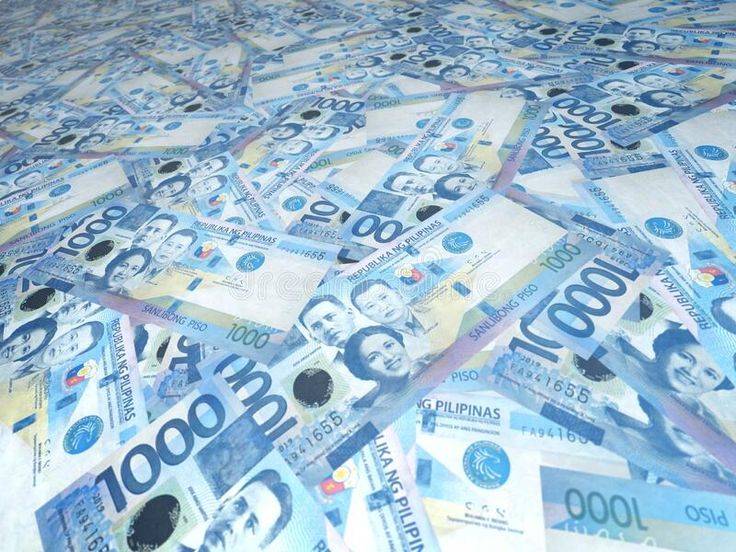The concept of “18 Blue Bills” carries a mysterious allure, evoking curiosity and intrigue. Delving into the symbolism and significance behind this phrase uncovers a fascinating tapestry of cultural and monetary connections. Whether it’s linked to currency, wildlife, or political contexts, the interpretation of “blue bills” can vary widely. In this article, we will embark on a journey to unravel the meaning behind “18 Blue Bills.” From exploring its potential implications in the realm of finance to investigating its ties to nature and politics, we aim to shed light on the diverse connotations this enigmatic phrase can hold. Join us as we delve into the depths of its meaning and unravel the mystery behind this captivating expression.


18 Blue Bills at Debut
During a girl’s Debut party in the Philippines, various symbols are incorporated to commemorate her coming of age, independence, and celebrate alongside loved ones. This Filipino tradition typically takes place when a girl reaches the age of 18 and is akin to a grand wedding, requiring months of preparation.
An important aspect related to the number 18 in the context of a debut party is the custom of presenting “blue bills.” These blue bills refer to one-thousand peso notes, which hold symbolic significance for both the celebratory atmosphere of the event and the girl’s passage into adulthood. In the traditional practice, family representatives like the girl’s father, mother, grandparents, aunts, and uncles affix these blue bills onto her dress. However, it should be acknowledged that while this tradition remains prevalent in many debut parties, some families might choose not to participate in this ritual due to financial limitations.
Despite the varying financial capacities of families, the debut party remains a special and meaningful event, symbolizing the girl’s entrance into adulthood. It is a joyous occasion where she is surrounded by friends and family, marking a significant milestone in her life.
Blue Bills In The Philippines
In the Philippines, “blue bills” is a term commonly used to refer to the 1000 Philippine peso banknotes. The 1000 peso bill features a predominantly blue color scheme, which is where the term “blue bills” originated. These banknotes are the highest denomination in the country and are often associated with significant value.
The front side of the 1000 peso bill typically features a portrait of a Philippine national hero or a prominent figure in Philippine history. The reverse side commonly showcases a landmark or natural resource that represents the country’s cultural or natural heritage.
The 1000 peso bill holds significant importance and is widely accepted in commercial transactions, particularly for larger purchases or transactions involving higher amounts of money. It is important to note that while the term “blue bills” specifically refers to the 1000 peso banknotes, other denominations of Philippine peso banknotes also exist, each with their own distinct colors and designs.
Overall, in the Philippines, “blue bills” commonly refers to the 1000 Philippine peso banknotes due to their predominant blue color.
Other Blue Bills Meanings
Blue bills can refer to various concepts and meanings depending on the context in which they are used. Here are a few possible interpretations of the term:
- Currency: Blue bills can be a colloquial term for money, particularly in certain regions or communities. This usage is derived from the color of the United States one-hundred-dollar bill, which features a blue hue. Thus, blue bills can signify wealth, prosperity, or financial value.
- Waterfowl: In the realm of wildlife, blue bills often refer to a group of diving ducks known as “scaups” (genus Aythya). These ducks are characterized by their distinct blue bills, which are broad and often adorned with a black tip. The blue bills of these birds serve as an identifier and distinguish them from other species of ducks.
- Political term: In the realm of politics, blue bills can represent a proposed or enacted legislation that aligns with the political ideologies of left-leaning or liberal parties. The term “blue” is commonly associated with the color symbolizing the Democratic Party in the United States. Blue bills, in this sense, signify policies or laws championed by those affiliated with the Democratic Party.
- Taxonomy: Blue bills can also refer to various species of birds or animals with blue-colored bills. Several bird species, such as the blue-billed curassow or the blue-billed duck, possess vibrant blue bills as a distinctive feature. In these cases, blue bills represent a physical characteristic used for species identification and classification.
In conclusion, the meaning of blue bills depends on the context in which it is used. It can refer to money, diving ducks, political legislation, or even specific species of birds with blue-colored bills. It is essential to consider the context to accurately interpret the intended meaning of the term.
Why Do Cats Clean Themselves In Front Of You?
How Much Caffeine Does It Take To Kill An Elephant?
What Does Dreaming Of Copper Head Snakes Mean?
What Happened To Fred The Cockatoo from Baretta?
Is Chloe From Beverly Hills Chihuahua Still Alive?
Why Are My Cats Balls Black?
Turtles, Tortoises and Islam
Why Did Cate Wolfe Leave The Doctor Blake Mysteries?
This story originally appeared on Mostexpensivething
